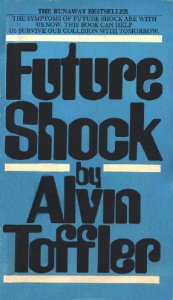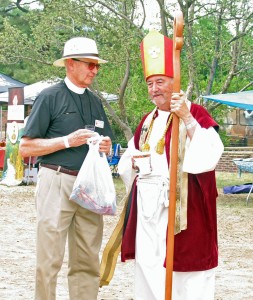People expect a lot from their pastors: theological insights; inspirational preaching; spiritual purity; powerful leadership; and a nice bedside manner when making hospital calls.
As a result, pastors suffer with higher than average rates of depression, obesity and hypertension. A psychologist says pastors are “the single most occupationally frustrated group in America.”
But you can help pastors thrive by celebrating Pastor Appreciation Day (celebrated either this Sunday, Oct. 9, or next Wednesday, Oct. 12, depending on the calendar you use).
Various surveys show how the pressure pastors feel is hurting them and the church:
1,400 pastors leave the ministry every month.
90% of pastors feel they are inadequately trained to cope with ministry demands.
75% of pastors say they are stressed and fight depression.
70% of pastors say they have no close friends.
55% of pastors feel lonely and discouraged at times.
33% of pastors say being in ministry is a hazard to their families.
23% of pastors have been forced to resign 62% of terminated pastors were terminated by churches that had forced out other pastors.
Only 16% of pastors say they are “very satisfied” with their prayer life.
As Cathy Lynn Grossman wrote in a recent article for Religion News Service, “Conflict and burnout are among top reasons pastors quit.”
Sometimes a call from God is not enough to keep a pastor in his post.
Many evangelical pastors who quit before retirement age found “another calling” either off the pulpit or out of ministry altogether. But many also say they were driven away by conflict and burnout. So says a new survey of former pastors from four denominations.
Grossman’s article was based on a LifeWay survey of 734 former pastors in the Southern Baptist Convention, the Assemblies of God, Church of the Nazarene and the Lutheran Church-Missouri Synod. The LifeWay results were sobering:
-
56 percent said there were clashes over changes they proposed.
-
54 percent said they experienced a significant personal attack.
-
48 percent said their training didn’t prepare them to handle the people side of ministry.
What can you do, besides give your pastor a big hug? LifeWay offers some actions you can take to help your pastor be healthier, happier and more effective in “10 Gift Ideas for Pastor Appreciation Month & Pastor Appreciation Day.”
Want to do something awesome for your pastor? Then give a gift retreat at SonScape Retreats.

Founded by a pastoral couple more than 30 years ago, SonScape has helped more than 3,000 pastoral and missionary leaders and couples from around the world experience rest and renewal of their passion for ministry.
Research into SonScape alumni shows:
89% of leaders attending a SonScape retreat have remained in ministry (or have retired in ministry).
96% of couples attending a SonScape retreat are still married.
Want to know more about the SonScape approach? Then read Pastors are People Too (published by David C. Cook), the new book by Larry Magnuson, SonScape’s CEO, and co-author Jimmy Dodd of PastorServe.

A former pastor who has been leading retreats at SonScpae for 14 years, Magnuson says the book tells you what pastors won’t tell you, but it’s what you need to know. In a time when too many pastors are discouraged, depressed, and often ready to throw in the towel on ministry, Pastors are People Too addresses the complex world of the pastor and their family.
Jimmy Dodd, President of PastorServe, and Larry Magnuson, President of SonScape Retreats, have developed a deep friendship, as well as a commitment to encourage and support the men and women called to lead the Church. The two ministries have come alongside thousands of ministry couples listening to their stories and offering help and healing where needed.
The books tells why the state of your pastor should matter to you, and what you can do about it:
- Your pastor needs a champion
- Allow your pastor to be a real person
- Managing expectations
- The pastor’s spouse and family
- Conflict: It’s inevitable
At least for a while this month, perhaps we can stop placing inordinate demands on our pastors, and start being someone who supports leaders, instead.
 Happy belated Earth Day!
Happy belated Earth Day!












 It was the “Beep, beep” that changed the world 59 years ago Tuesday.
It was the “Beep, beep” that changed the world 59 years ago Tuesday.









 The planet is a turbulent, gaseous giant with no solid surface but plenty of activity. Juno will use scientific devices to see through Jupiter’s clouds and even analyze its core.
The planet is a turbulent, gaseous giant with no solid surface but plenty of activity. Juno will use scientific devices to see through Jupiter’s clouds and even analyze its core.













